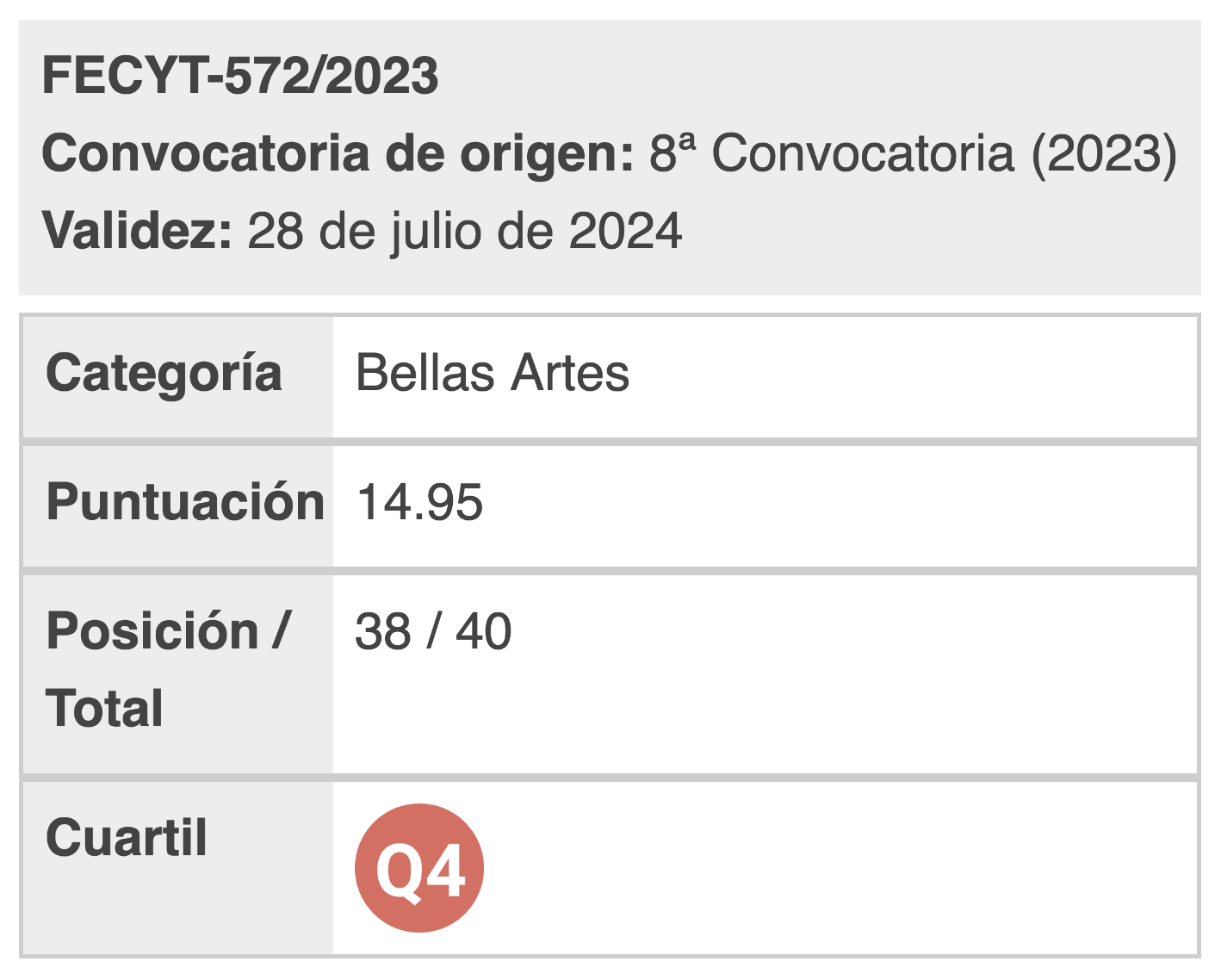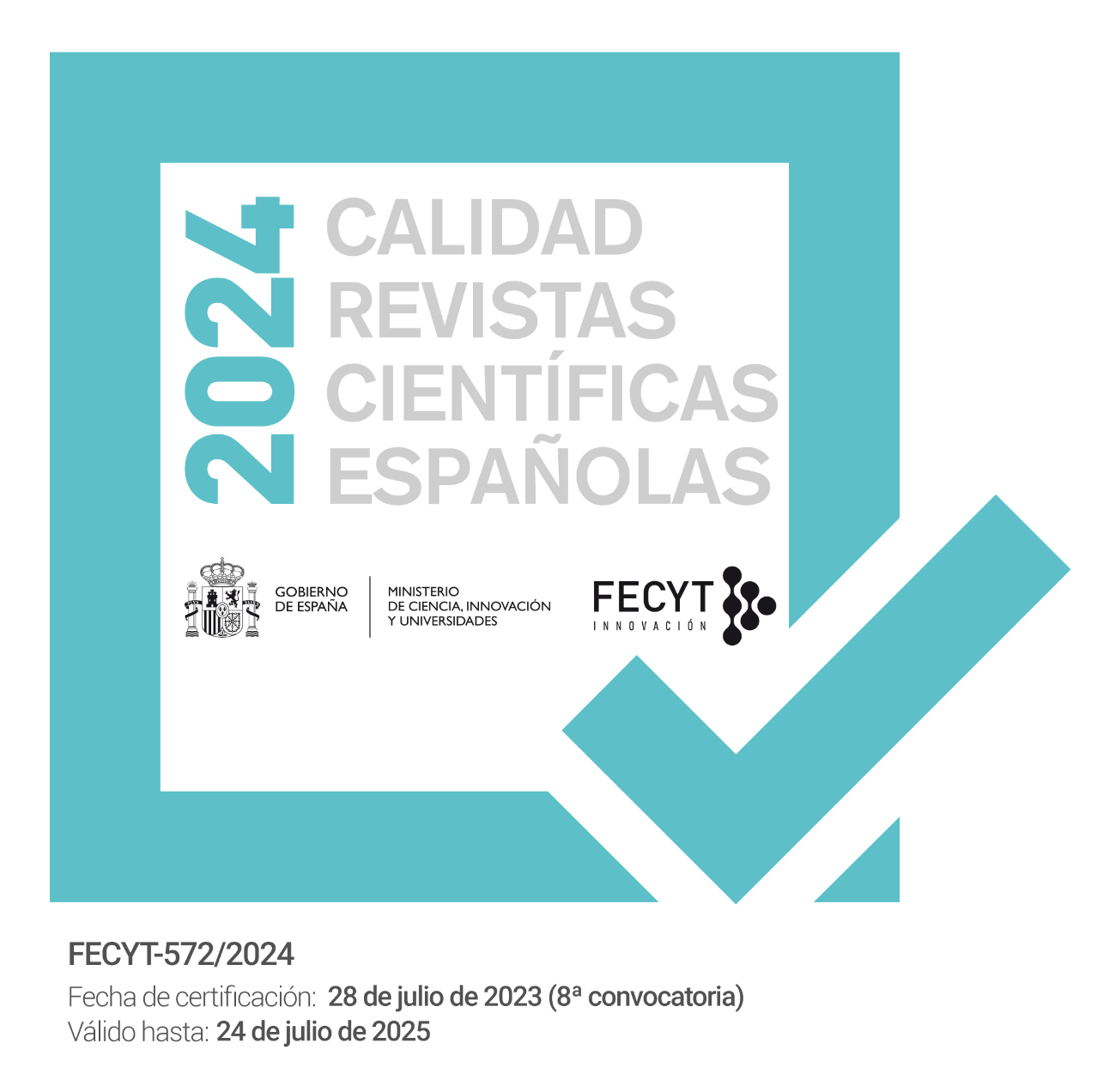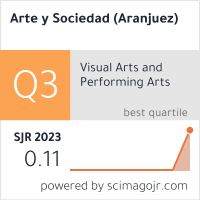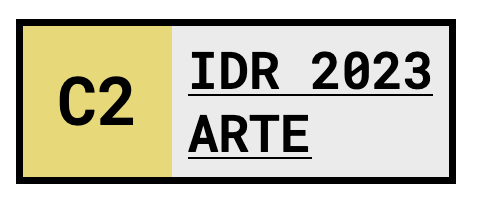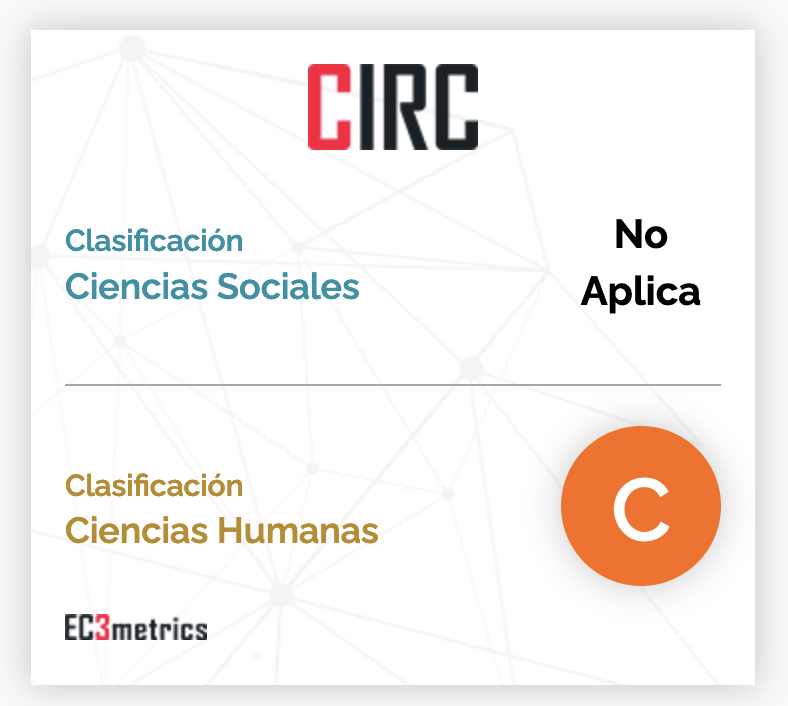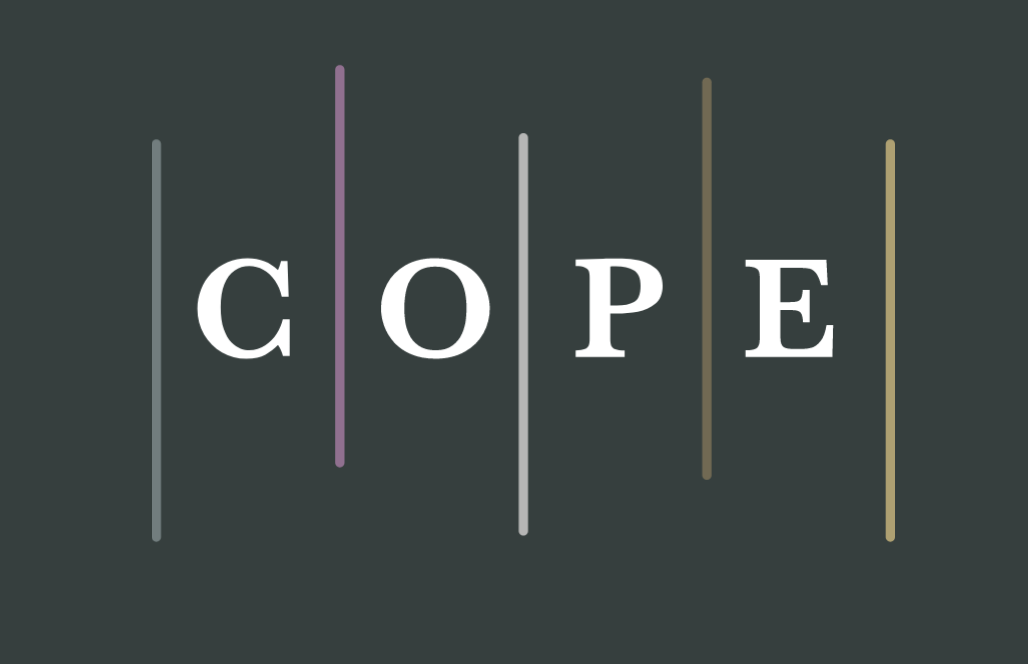Lost landscapes of an imaginary North and South
DOI:
https://doi.org/10.5281/zenodo.7657033Keywords:
Landscape, Generative Art, Photography, 3DAbstract
The introduction of computer programs for the generation of 3D landscapes eliminates the historical relationship with the referent. I establish parallelisms between the creation of the romantic landscape of the 19th century by the painters, together with the photographers who approach the subject of the sublime in the landscape from the origins of photography to the present day, and I submit them to a comparison with reality. generated through computer processes for the creation of landscapes and territories. These new synthetic and hyper-realistic realities replace the traditional way of relating to the landscape. The digital becomes incorporeal, questioning the testimony of the senses.
References
Alcaide, E. (2016) Cultura Fotográfica. Recuperado de https://culturafotografica.es/mejores-frases-fotografos/
Artnet (s.f.) Per Bak Jensen. En http://www.artnet.com/artists/per-bak-jensen/
Baudrillard, J. (2007) Cultura y Simulacro. Kairos.
Blasco, M. (2013) Intervenciones desde la Realidad Hibrida. [Entrada de
blog] Recuperado de https://blascocubasmaria.wordpress.com.
Bosco, R. y Calcadna, S. (2007). “La Fundación Miró de Palma revisa el concepto de paisaje.” El País. CIBERPAÍS. Recuperado de https://elpais.com/diario/2007/11/08/ciberpais/1194490947_850215.html.
Cotentin R. (2017) Du simulacre numérique. Les images digitales au défi du vivant. París : Université Sorbonne Nouvelle.
Do Espírito Santo, I. (2015). Donde viven las imágenes. Catálogo de la exposición: Hiroshi Sugimoto. Black Box. Madrid: Ed. Fundación Mapfre.
Fontcuberta, J. (1997) El beso de Judas. Fotografía y verdad. Gustavo Gili.
___________ (2010) La cámara de Pandora. La fotografía después de la fotografía. Gustavo Gili.
García, D. (2018) “Qué son las Redes Generativas Antagónicas y cómo funcionan”. Intelgig. Recuperado de https://www.inteldig.com/2018/10/las-redes-generativas-antagonicas-funcionan.
Hofmann, W. (2008) Las partes y el todo. Texto del catálogo de la exposición: La abstracción del paisaje. Del Romanticismo nórdico al expresionismo abstracto. Madrid: Fundación Juan March.
Larrat-Smith, P. (Ed.). (2016) Hiroshi Sugimoto. Black Box. Catálogo de la exposición. Fundación Mapfre.
MIT Technology Review. Emerging Technology from The Arxiv. (2017) “Dos máquinas trabajan en equipo para crear paisajes realistas sin ayuda humana”. Recuperado de https://www.technologyreview.es/s/8457/dos-maquinas-trabajan-en-equipo-para-crear-paisajes-realistas-sin-ayuda-humana.
Novack, B; Manthorne, K. E.; García, M. (2000). Explorar el Edén. Paisaje americano del siglo XIX. Fundación Colección Thyssen-Bornemisza.
Olivares, R. (Ed.) (2002) “Casas de papel”. EXIT. Arquitecturas ficticias. Nº 6.
Overweg, R. (s.f.) Shot by Robert. Recuperado de https://www.shotbyrobert.com/new-page.
Rosemblum R. (2008) Lo sublime abstracto. Texto del catálogo de la exposición: La abstracción del paisaje. Del Romanticismo nórdico al expresionismo abstracto. Fundación Juan March.
Sánchez-Moñita, M. (2017) La construcción de la fotográfica de la sostenibilidad. Una aproximación desde una perspectiva artística. Tesis Doctoral. Universidad Complutense de Madrid. Madrid.
Valdés, E. (2018) La percepción del paisaje desde la realidad de Occidente: Entre la naturaleza y la razón. Ecozono. Vol 9, Nº2. EE.UU.: Harvard University, Real Colegio Complutense.
Vidal, J. (2004) El misterio de Fontcuberta. El Cultural. Madrid, España: Prensa Europea del Siglo XXI. Recuperado de https://elcultural.com/El-misterio-de-Fontcuberta.
VV.AA. (2008) La abstracción del paisaje. Del Romanticismo nórdico al expresionismo abstracto. Catálogo de la exposición. Fundación Juan March.
WULF, A, (2017) La invención de la naturaleza. El nuevo Mundo de Alexander von Humboldt.Taurus.

Published
How to Cite
Issue
Section
License

This work is licensed under a Creative Commons Attribution 4.0 International License.
You are free to:
Share — copy and redistribute the material in any medium or format.
Adapt — remix, transform, and build on the material for any purpose, including commercial.
Attribution — You must properly acknowledge the authorship, provide a link to the license, and indicate if any changes have been made.
You may do so in any reasonable manner, but not in any way that suggests that you endorse or receive any endorsement by the licensor for your use.
No additional restrictions — You may not apply legal terms or technological measures that legally restrict you from doing what the license allows.



